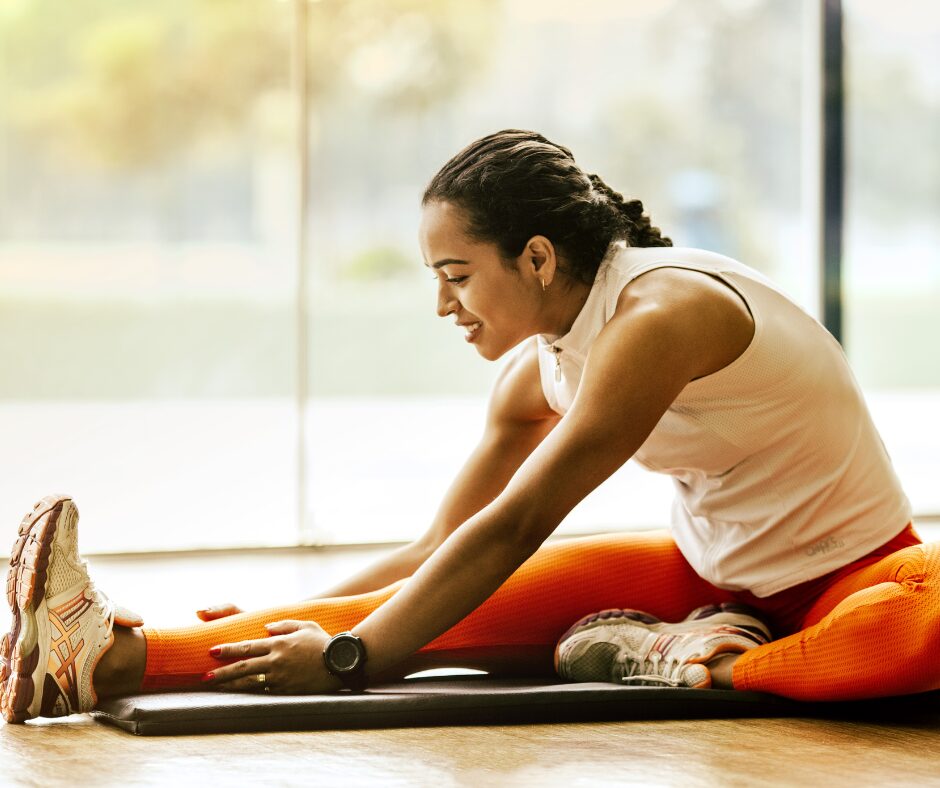For dancers, the stage is a sanctuary, a place where passion and precision converge. But the relentless demands of the art form can take a toll on the body. From ballet to hip-hop, every style of dance carries a risk of injury. While some injuries are unavoidable, many can be prevented with the right approach. This guide, drawing on insights from dance medicine experts, will equip you with the knowledge to stay healthy and on the floor.
The Foundation: Proper Warm-Up and Cool-Down
The most fundamental steps in injury prevention are often the most overlooked. A proper warm-up isn’t just about breaking a sweat; it’s about preparing your body for the specific movements you’re about to perform. A good warm-up should last at least 15-20 minutes and include both light cardio to increase blood flow and dynamic stretching. Dynamic stretches, like leg swings and torso twists, move your joints and muscles through a full range of motion.
After your session, a cool-down is equally crucial. This is the time for static stretching—holding stretches for 30 seconds or more. This helps to lengthen muscles, improve flexibility, and reduce muscle soreness. Ignoring this step can lead to tight muscles and increase your risk of strain and other injuries.
Listen to Your Body: The Pain vs. Soreness Distinction
This is perhaps the most important tip. Dancers are taught to push through discomfort, but it’s vital to differentiate between muscle soreness and actual pain. Muscle soreness is a normal part of building strength and flexibility. It feels like a dull ache that typically subsides within a day or two. Pain, on the other hand, is a sharp, localized, or persistent sensation that should never be ignored. Continuing to dance through pain is a direct route to a serious injury. If you feel pain, stop immediately and assess the situation. Consult with a physical therapist or a dance medicine specialist who understands the unique demands of a dancer’s body.
Cross-Training and Rest: The Unsung Heroes
Professional athletes don’t just practice their sport—they cross-train. Dancers should too. Activities like swimming, Pilates, or yoga can build core strength, improve balance, and increase endurance without the high-impact stress of dance. A strong core provides stability and supports proper alignment, which is key to preventing injuries.
Rest is just as critical as training. It’s during rest that your muscles repair and rebuild. Pushing your body to its limits without adequate recovery time is a recipe for fatigue and overuse injuries like stress fractures or tendonitis. Aim for at least one full rest day a week and ensure you’re getting 7-9 hours of quality sleep each night.
Nutrition and Hydration: Fueling the Dancer’s Body
Your body is your instrument, and it needs the right fuel to perform. A balanced diet rich in lean proteins, complex carbohydrates, and healthy fats provides the energy and nutrients necessary for muscle repair and bone health. Calcium and Vitamin D are especially important for bone density, which helps prevent stress fractures.
Hydration is another non-negotiable. Dehydration can lead to muscle cramps, fatigue, and decreased performance. Make sure you’re drinking water consistently throughout the day, not just during class.
The Right Gear: Footwear Matters
Your dance shoes are more than just part of your costume—they’re a critical piece of protective equipment. Whether you’re in pointe shoes, jazz sneakers, or tap shoes, ensure they fit properly and are in good condition. Worn-out shoes can alter your alignment and provide inadequate support, increasing your risk of injury. For ballet dancers, getting a proper pointe shoe fitting from a professional is essential to prevent foot and ankle problems.
By incorporating these expert-backed tips into your routine, you can not only avoid injuries but also enhance your performance and longevity as a dancer. Stay mindful, listen to your body, and keep dancing strong!
To book your introductory lesson or your first private lesson, call Fred Astaire Dance Studio Pickerington at (614) 833-3400. Our friendly team is ready to help you schedule a time that works for you and answer any questions you may have about our personalized dance instruction.

